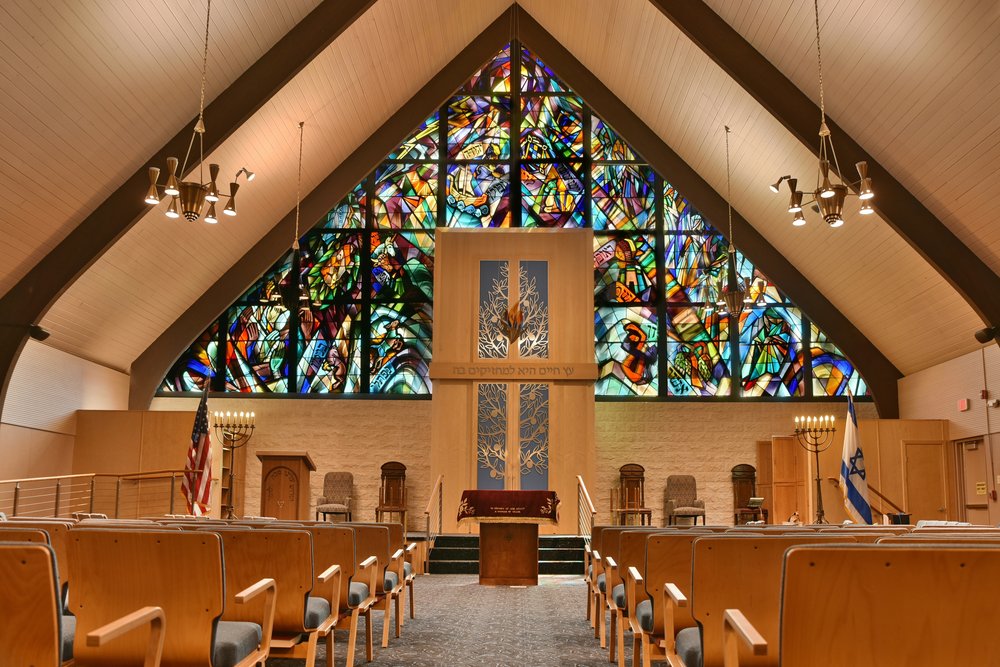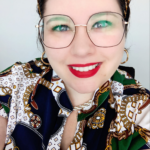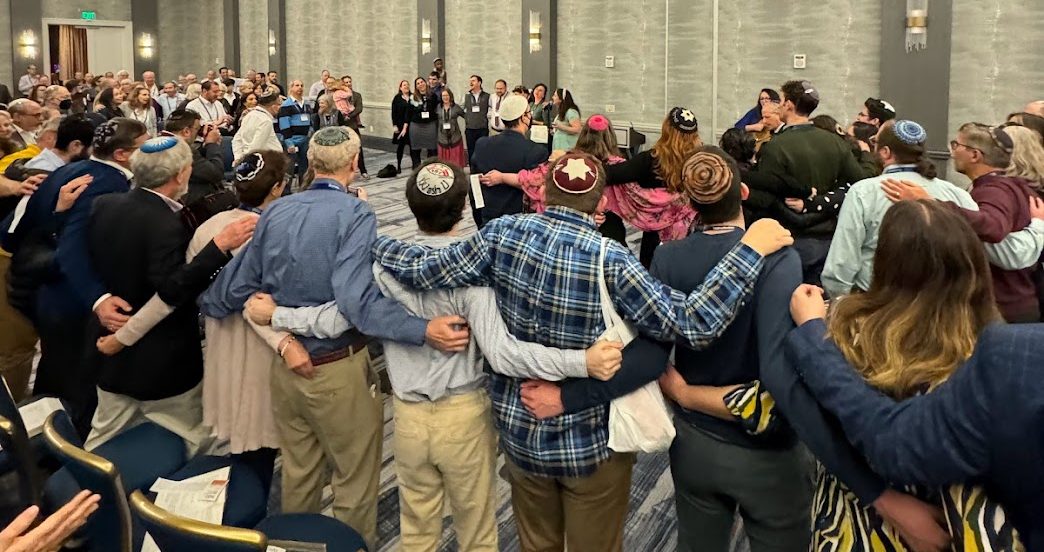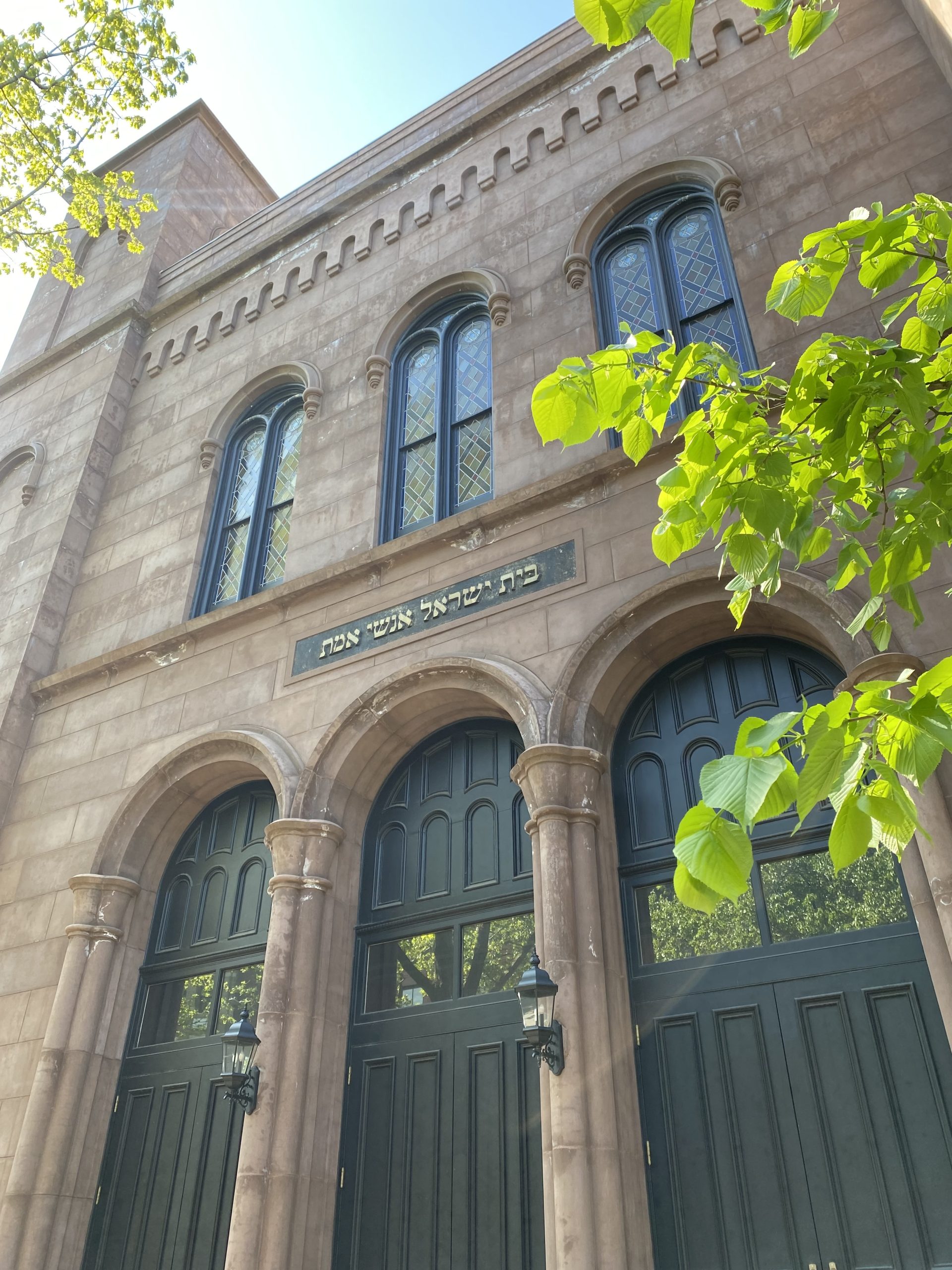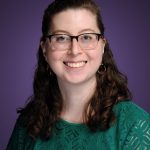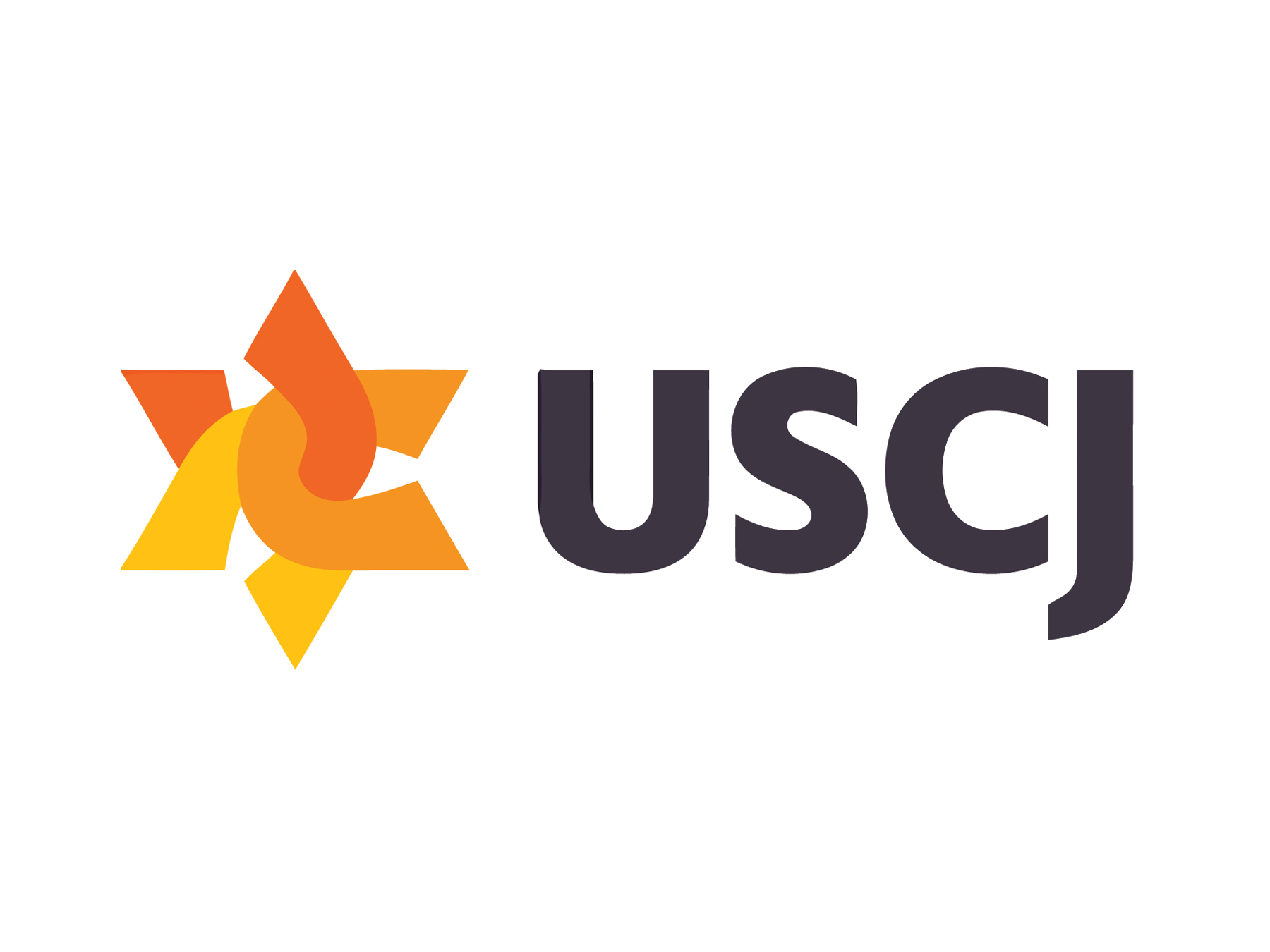A new survey of 61 Conservative/Masorti congregations offers a detailed snapshot of what extracurricular Jewish education looks like today and how it is evolving to meet the needs of modern families. The data paints a picture of religious school programs that are committed, creative, and increasingly flexible, even as some face participation challenges and shifting expectations.
While this poll covers only a fraction of the affiliated members of USCJ, it shows noteworthy trends and patterns across North America.
A Near-Universal Commitment to Jewish Learning
Ninety percent of congregations surveyed (55 out of 61) offer their own religious school program and two more co-host religious school with a neighboring congregation: an overwhelming affirmation that youth education remains a central pillar of synagogue life.
Just as striking is the intensity of these programs. The majority have doubled down on multi-day models:
- 6 congregations meet once weekly,
- 37 congregations meet twice weekly, and
- 16 congregations offer religious school three or more times per week.
Hours of weekly instruction further support this commitment. Two-thirds (68%) provide 4-5 hours of learning each week. Another 12% go even further, offering 6+ hours – a significant investment in cultivating Jewish knowledge and identity.
Sunday & Wednesday Remain Most Popular Days
Religious school remains anchored on Sunday mornings, with 52 congregations holding classes that day.
Weekday learning is alive and well:
- Wednesday is the next most common meeting day (30 congregations), followed by
- Tuesday (22),
- Thursday (9),
- Monday (5), and even
- Friday (1) and Saturday (10) for congregations experimenting with Shabbat-based models.
One synagogue noted that they switch their Sunday school to Saturdays once a month to encourage families to attend Shabbat services.
Most programs are designed to serve a wide developmental range. Elementary-age learners are nearly universal (55 congregations), with strong inclusion of:
- Pre-B’nai Mitzvah tweens (54)
- Post-B’nai Mitzvah teens (30), and
- Preschoolers (27), reflecting growing interest in early engagement.
Investing in Professional Expertise
Leadership structures vary, but the survey shows a clear trend toward professionalization.
- 51 congregations employ an education director:
- 33 full-time
- 18 part-time
- 4 rely on their pulpit clergy to run the program,
- 3 lean on their executive director, and
- Only 1 synagogue reported having a volunteer in the director role.
Most directors (43) are trained educators who are not clergy, highlighting the importance congregations place on pedagogical expertise. Multiple synagogues reported notable increases in religious school attendance after hiring an educator experienced in outreach and relationship-building.
Several synagogues also noted that they offer preschool programs in addition to religious school, but were divided on whether one person oversees both programs or if they have dedicated professionals for each.
Curriculum: A Mix of DIY and Trusted Resources
Synagogues appear to be moving away from one-size-fits-all curricular packages. The vast majority reported writing their own curriculum or curating content from multiple sources. While legacy publishers still play a role – Behrman House (5) and the Institute of Southern Jewish Life (4) were the most frequently cited – no single provider dominates.
One synagogue noted that parents sometimes feel that structured, curriculum-based models can be “too rigorous,” suggesting that evolving expectations exist around what a religious school should feel like.
Attendance Trends: Mostly Growing or Stable
Despite ongoing questions about engagement across the Jewish world, religious school attendance is far from uniformly declining.
- 23 congregations reported increased enrollment,
- 11 reported a decrease, and
- 21 experienced stable numbers.
These trends suggest that while some communities face headwinds, others are successfully revitalizing their programs, often through innovation and charismatic staffing.
Innovation on the Rise: Tutoring, Hangouts, and More
Amid shifting family schedules and learning styles, some congregations are experimenting with new approaches. Survey respondents shared examples such as:
- Multi-grade experiences, including madrachim programs for teens to mentor younger kids.
- One-on-one tutoring, sometimes conducted virtually, has received “great feedback” from families seeking flexibility and more individualized instruction.
- Drop-in hangout time outside of formal school hours, offering students a place to socialize, get homework help, or build relationships in a low-pressure environment.
- Digital learning options made available on alternate days, allowing students to tune in from anywhere and reducing transportation barriers.
Models like these reflect a growing recognition that Jewish learning is most powerful when it adapts to the rhythms of young people’s lives.
A System in Motion
The survey reveals a dynamic religious school landscape. Congregations are balancing tradition with experimentation, professional leadership with community needs, and curricular depth with family expectations.
Despite some challenges, the overall picture is one of resilience. Jewish education continues to evolve with creativity, dedication, and a shared belief that learning remains at the heart of Jewish community life.
If you have any questions or would like to consult about your religious school, please reach out to Rabbi Robin Foonberg, executive director of the Jewish Educators Assembly, at [email protected]



